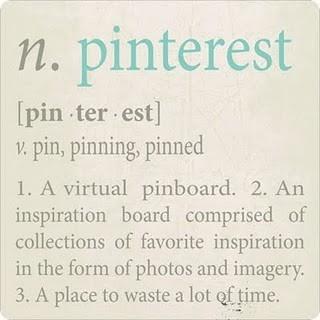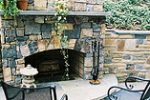It’s a new year and everyone seems to be talking about what is ahead. Here are some design trends to watch for in 2014.
Brass
After having been one of the top items on homeowners lists to remove or change for years, brass is making its way back into the home again. We saw this one coming and wrote about it in a previous post. What makes this trend fun and interesting in our field of renovation is seeing brass or warmer metals as accents. A faucet here, a light fixture there is the name of the game. It’s all about the mix of metals and finishes, not so much about the complete matching suites we have seen for years. So if you have been plagued with 80’s brass knobs, you may want to look at them with new eyes and a bit more love.
Color Palettes
Color in homes is always a trendy and fickle topic. The design world seems to be featuring interiors in a few camps. Dark, mysterious dining rooms and libraries painted in rich greens, inky blues, or deep slates and eggplants. Woodwork is painted these saturated colors and the finish is glossy. At the other end of the spectrum is the frequently seen all white palette. Airy and ethereal, these rooms provide a soft background for mixed fabric textures and wood finishes.
Knotty Woods
For years, high end wood grains have ruled the day. Walnut, maple, and cherry have been the wood species of choice with looking at cabinetry or stained paneling. In the future we will be seeing more rustic woods applied in sleeker modern spaces. Wood always provides a warmth that many modern spaces need as a counterpoint to their sharp edges and clean lines. Think about Belgian pickled oaks and cypresses. Rustic, live edge shelving applied to a clean, tiled backsplash is a trend to watch.
Serenity
People are still looking for relaxation and serene master suites and baths are the hot item. Soothing colors, soft textures, and natural materials are the choice when creating s space to forget about the work day or stresses of everyday life. Spa culture has seeped into the design world and we are frequently asked to help transform a master bath or suite into one’s favorite spa. A few clean lines, soft lighting, organized towel storage and a touch of teak can get you there.
Versatility
Homeowners today are ready to transform their homes after several years of waiting but value is still a focus. We strive to create the best spaces to use today and well into tomorrow. This need for versatility is a trend we see in our design department when working with clients as well as the interior design world. Furniture and spaces need to offer several functions. The family room may be a spot to watch a family movie or relax but it also needs to provide ample storage and a place to pull out a laptop and she dome emails. Kitchens need to be a place to cook meals, organize bill paying and paperwork, serve as mudrooms and homework stations. Everything needs to earn it’s place in the home. Superfluous square footage and empty rooms are out. Smart design, multi purpose space and furniture is in.















